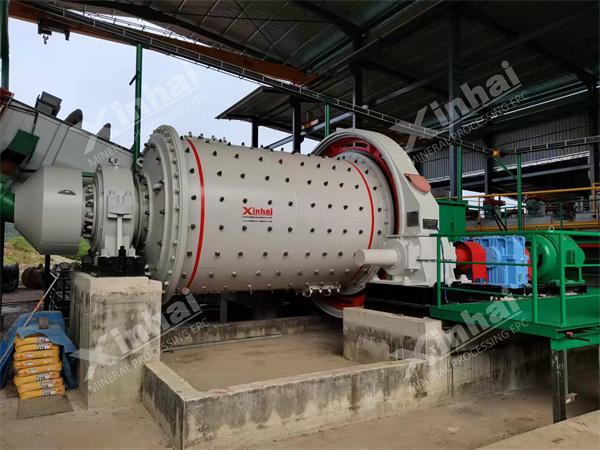Grid ball mills are widely used in various industries for grinding and pulverizing materials. One critical aspect of grid ball mill operation is energy consumption, which significantly impacts production costs and environmental sustainability. Understanding the factors that influence energy consumption in grid ball mills is essential for optimizing operations and improving efficiency. In this article, we will explore the key factors affecting the energy consumption of grid ball mills and discuss strategies for reducing energy usage.
The design and specifications of grid ball mills play a crucial role in determining their energy consumption.
Factors such as mill diameter, length, chamber configuration, and liner design influence the grinding efficiency and energy consumption.
Optimizing mill design to minimize energy losses and enhance grinding performance can lead to significant energy savings.

The type, size, and quality of grinding media used in grid ball mills affect energy consumption.
High-quality grinding media with proper hardness, density, and wear resistance can reduce energy consumption by promoting efficient grinding and minimizing media wear.
Selection of the optimal grinding media based on material properties and operating conditions is essential for achieving lower energy consumption.
The properties of the material being ground have a direct impact on energy consumption in grid ball mills.
Factors such as material hardness, moisture content, particle size distribution, and abrasiveness influence grinding efficiency and power consumption.
Understanding the characteristics of the material and adjusting mill parameters accordingly can help optimize energy usage.
The feed rate and particle size distribution significantly affect the energy consumption of grid ball mills.
Higher feed rates and coarser particle size distributions typically result in higher energy consumption due to increased material handling and grinding resistance.
Controlling the feed rate and optimizing particle size distribution through proper screening and classification can help minimize energy consumption.
The rotation speed of the mill barrel affects the grinding kinetics and energy consumption.
Higher rotation speeds generally result in higher energy consumption due to increased impact and abrasion of grinding media.
Finding the optimal rotation speed that balances grinding efficiency and energy consumption is crucial for maximizing productivity while minimizing energy usage.
Operating conditions such as mill filling level, pulp density, and temperature can influence energy consumption.
Overfilling or underfilling the mill chamber can lead to inefficient grinding and higher energy consumption.
Maintaining optimal operating conditions through proper control and monitoring is essential for minimizing energy usage.
The energy consumption of grid ball mills is influenced by various factors, including mill design, grinding media characteristics, material properties, feed rate, rotation speed, and operating conditions.
Understanding these factors and their interactions is essential for optimizing energy usage and improving grinding efficiency.
By implementing strategies such as optimizing mill design, selecting suitable grinding media, controlling feed rate and particle size distribution, adjusting rotation speed, and maintaining optimal operating conditions, significant energy savings can be achieved in grid ball mill operations.
Continued research and innovation in this area are vital for advancing energy-efficient grinding technologies and promoting sustainable industrial practices.
In conclusion, optimizing the energy consumption of grid ball mills is crucial for enhancing productivity, reducing production costs, and mitigating environmental impact. By addressing the factors discussed in this article and implementing appropriate strategies, manufacturers can achieve significant improvements in energy efficiency and contribute to a more sustainable future.